World Fantasy Convention Story: How David Drake Helped Me Write My First Novel
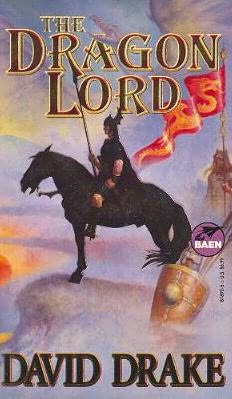 As I write this, I am just now sitting down at my computer in my apartment after coming back home from the World Fantasy Convention in Columbus, OH. I’ve literally tossed down my suitcases on the bed moments ago. My lips are chapped. I am tired.
As I write this, I am just now sitting down at my computer in my apartment after coming back home from the World Fantasy Convention in Columbus, OH. I’ve literally tossed down my suitcases on the bed moments ago. My lips are chapped. I am tired.
I will have a lot to say about the con in my post next week, where I’ll give my impressions as a first-time convention goer. There’s no way I could get anything coherent out now with the experience so close to me—there’s a lot to sort through. But I do have one story from World Fantasy that contains a good piece of writing advice. I had mentioned this story to John O’Neill while we were sitting at the Black Gate booth in the Vendor Room (yes, I got to meet the Black Gate fellows for the first time in the flesh!), and he told me I should write a blog about it. He’s right, and it’s a good enough convention story to hold you and me over until next Tuesday.
This is the story about the best piece of writing advice that I ever received. It came from science-fiction and fantasy author David Drake, and because of it I was able to complete my first novel ten years ago. This weekend, I got to meet Mr. Drake in person and tell him what that means to me. He signed a copy of the book that I like to use as “evidence” of my learning curve. It was a great moment for me, and David Drake was about the coolest, nicest guy I could have imagined, and I think he was flattered that I felt so indebted to him.
What was this piece of advice? Well, appropriately enough, it involves Robert E. Howard. It also involves Drake’s first novel, The Dragon Lord (1979).
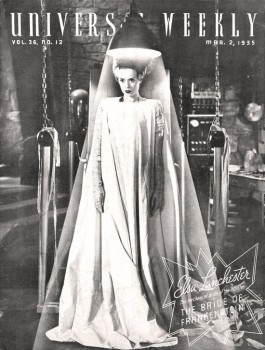 Two weeks ago I
Two weeks ago I 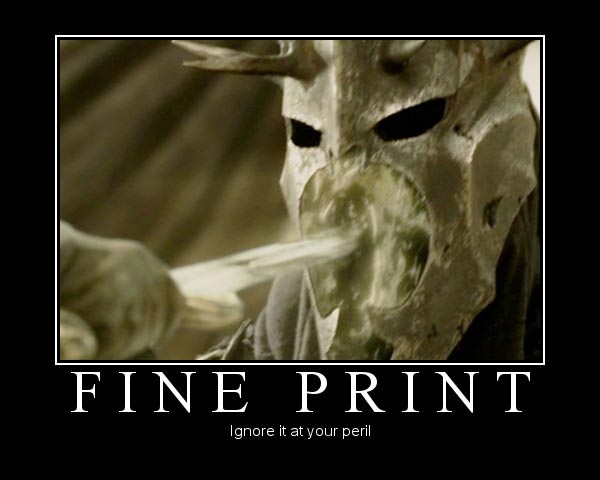 The false motivational poster to the left has nothing to do with the rest of my post today, except that it came as a reward to myself after a week of tough self-disciplined writing, aided by the simple power of time awareness. As I finished my enormous work on late Sunday evening, I celebrated my triumph with a small but exquisite waste of time, creating one of the many “demotivational posters” that travel around the ‘net as humor or an approximation of humor. Better than LOLCats, at least. This is my deep inner Tolkien Geek, who has always wondered what the Lord of the Nazgûl thought as he died under Éowyn’s blade on the Pelennor Fields. My guess: “Damn fine print!”
The false motivational poster to the left has nothing to do with the rest of my post today, except that it came as a reward to myself after a week of tough self-disciplined writing, aided by the simple power of time awareness. As I finished my enormous work on late Sunday evening, I celebrated my triumph with a small but exquisite waste of time, creating one of the many “demotivational posters” that travel around the ‘net as humor or an approximation of humor. Better than LOLCats, at least. This is my deep inner Tolkien Geek, who has always wondered what the Lord of the Nazgûl thought as he died under Éowyn’s blade on the Pelennor Fields. My guess: “Damn fine print!”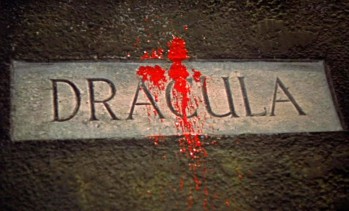 October films come in two flavors for me: Universal and Hammer. I have affection for almost any Gothic horror films these studios produced during their Golden Ages (1930s and ‘40s for Universal, 1950s and ‘60s for Hammer), even the lesser entries. The studios have such opposite visual approaches to similar material — the black-and-white shadows of Universal, the rococo lurid colors of Hammer — that they create a perfect Yin and Yang for Halloween, a Ghastly Story for Whatever Suits Your October Mood.
October films come in two flavors for me: Universal and Hammer. I have affection for almost any Gothic horror films these studios produced during their Golden Ages (1930s and ‘40s for Universal, 1950s and ‘60s for Hammer), even the lesser entries. The studios have such opposite visual approaches to similar material — the black-and-white shadows of Universal, the rococo lurid colors of Hammer — that they create a perfect Yin and Yang for Halloween, a Ghastly Story for Whatever Suits Your October Mood.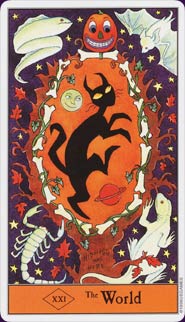
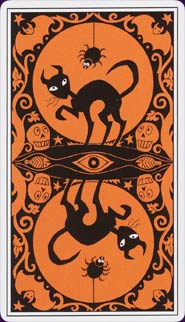 October has come, my favorite time of the year. I have my special rituals during this season, such as reading classic weird tales (Algernon Blackwood and M. R. James are among my top picks for seasonal fun) and evenings watching Universal and Hammer Horror films.
October has come, my favorite time of the year. I have my special rituals during this season, such as reading classic weird tales (Algernon Blackwood and M. R. James are among my top picks for seasonal fun) and evenings watching Universal and Hammer Horror films.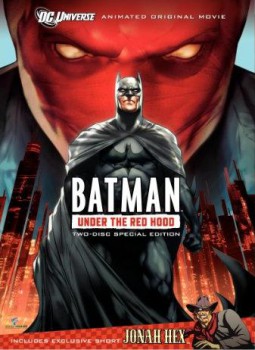 Batman: Under the Red Hood (2010)
Batman: Under the Red Hood (2010)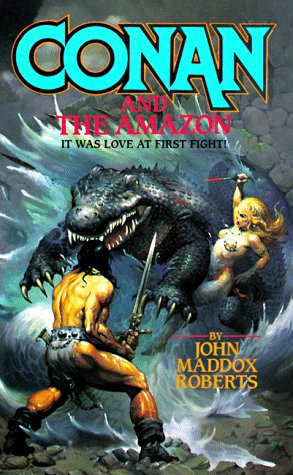 Conan and the Amazon
Conan and the Amazon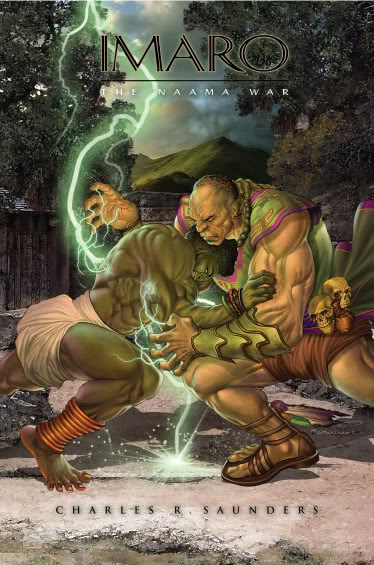 Imaro: The Naama War
Imaro: The Naama War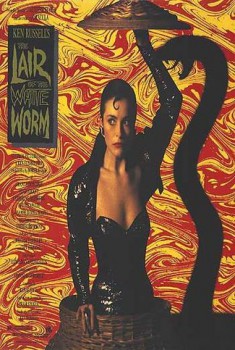 No, this isn’t a review of the Ken Russell film The Lair of the White Worm. The poster just fits so well with Cornell Woolrich’s 1935 story “Kiss of the Cobra” that I had to use it. You would almost think Russell was adapting Woolrich, not Bram Stoker.
No, this isn’t a review of the Ken Russell film The Lair of the White Worm. The poster just fits so well with Cornell Woolrich’s 1935 story “Kiss of the Cobra” that I had to use it. You would almost think Russell was adapting Woolrich, not Bram Stoker. No deals . . . I want to drive the truck.
No deals . . . I want to drive the truck.